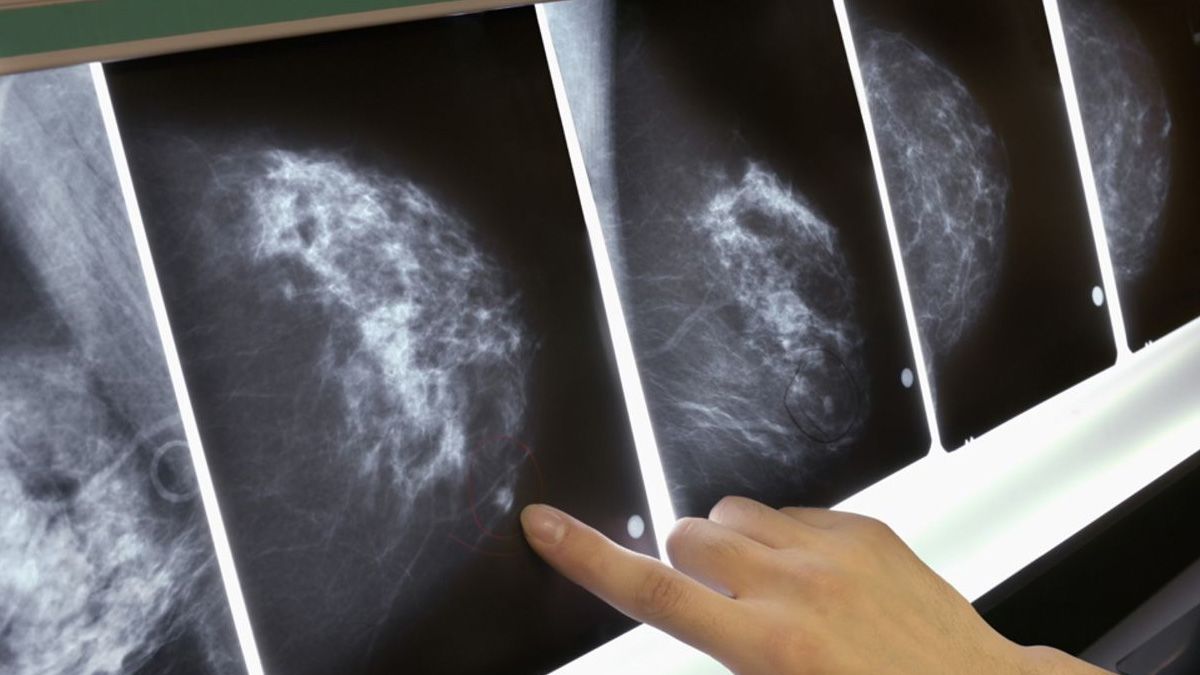
Recent research has uncovered alarming links between everyday plastic products and the increasing rates of breast cancer, particularly in younger women. The study, published by The American Chemical Society, identified over 400 chemicals commonly used in plastics that are connected to breast cancer risk. These findings shed light on the widespread presence of hazardous chemicals in items we use daily, such as food packaging, personal care products, and single-use plastics. The implications are significant and call for urgent regulatory changes, as well as personal protective measures.
Table of Content:-
The Scale of the Problem: 414 Cancer-Linked Chemicals Identified
The study’s authors built on prior research by the Silent Spring Institute, which pinpointed over 900 chemicals used commercially that are associated with breast cancer. By cross-referencing this list with chemicals found in plastic products, they identified 414 substances that pose potential risks. These chemicals include well-known toxins such as PFAS (per- and polyfluoroalkyl substances), phthalates, parabens, and aromatic amines. These compounds are not obscure; they are present in items used in daily life, increasing the risk of exposure for millions.

How Plastic Chemicals Contribute to Breast Cancer
The identified chemicals are associated with several biological mechanisms that can lead to breast cancer. Some of these chemicals have been shown to:
- Induce Mammary Tumors: In animal studies, certain plastic additives have been proven to cause breast tissue tumors.
- Disrupt Hormone Synthesis: Many chemicals in plastics interfere with hormone production and regulation, which can elevate breast cancer risk. Since breast cancer is often hormone-dependent, these disruptions can be particularly dangerous.
- Cause DNA Damage: Genotoxic chemicals, which damage DNA, are also found in plastic products. Damaged DNA increases the likelihood of cancerous cell development.
The combination of these mechanisms suggests that repeated exposure to these chemicals over time can play a significant role in the development of breast cancer.
Also Read: Fertility Rates Declining In India: Unraveling The Impact Of Health On Reproductive Wellness
Why Are Breast Cancer Rates Rising in Younger Women?
One of the striking aspects of this research is its relevance to rising breast cancer rates in women under 50. The study highlights that women are twice as likely as men to be diagnosed with cancer before age 50, and breast cancer accounts for a large portion of these diagnoses. The widespread exposure to toxic plastic chemicals may be contributing to this trend.
Plastics are deeply embedded in modern life, from the food we eat to the personal care products we use. Young women, who are often heavy users of such products, may be unknowingly exposing themselves to these hazardous substances, driving up their risk of early breast cancer.

The Problem of Under-Regulation
Despite the clear risks posed by plastic chemicals, regulatory measures remain insufficient. Plastic products can contain more than 16,000 chemicals, many of which lack comprehensive toxicological profiles. The study points out that this regulatory gap is “frustrating” and largely due to the influence of powerful petrochemical and plastic industry lobbies.
Without stricter regulations, these harmful chemicals continue to be used, posing a threat to public health. The researchers emphasize that stronger policies and better oversight are necessary to limit or eliminate these hazardous substances from consumer products.
Also Read: Vietnam Reports 4 Influenza-Related Deaths; Health Ministry Ramps Up Surveillance Measures
Steps Women Can Take to Reduce Exposure
While broad regulatory changes are needed, individuals can take practical steps to reduce their exposure to plastic-related chemicals. Researchers suggest the following measures:
- Avoid Plastic in Food Packaging: Choose glass, stainless steel, or ceramic alternatives to plastic containers, especially for storing hot or acidic foods, which can cause chemicals to leach into food.
- Use Safer Kitchenware: Opt for kitchenware made of glass or metal instead of plastic utensils, cutting boards, and cookware.
- Limit Single-Use Plastics: Avoid single-use plastic items like straws, bags, and water bottles where possible.
- Choose Natural Personal Care Products: Many personal care products contain phthalates, parabens, and other harmful chemicals. Opt for products with fewer synthetic ingredients.
These small lifestyle changes can help minimize exposure to potentially harmful chemicals, though systemic solutions are ultimately needed for long-term safety.
A Call for Action
This study serves as a wake-up call for both consumers and policymakers. The presence of over 400 chemicals tied to breast cancer risk in everyday plastic products cannot be ignored. As breast cancer rates among younger women continue to rise, addressing this issue through better regulations and increased public awareness is essential. Until then, individuals can take proactive measures to protect their health by reducing reliance on plastic products.
In conclusion, while plastic may be a convenient part of daily life, its hidden dangers highlight the need for caution, awareness, and change.
Also watch this video
How we keep this article up to date:
We work with experts and keep a close eye on the latest in health and wellness. Whenever there is a new research or helpful information, we update our articles with accurate and useful advice.
Current Version
